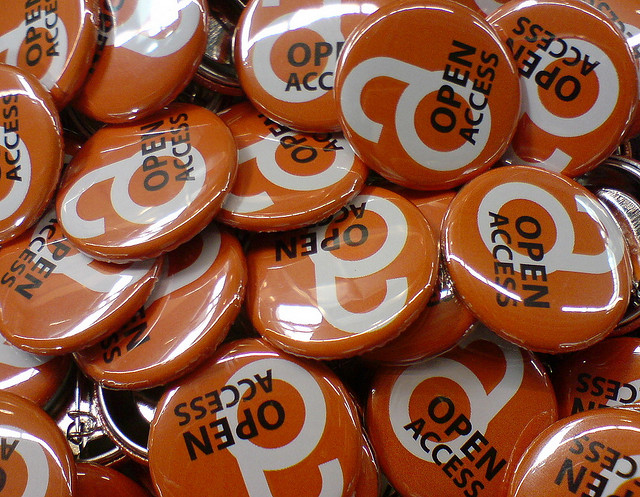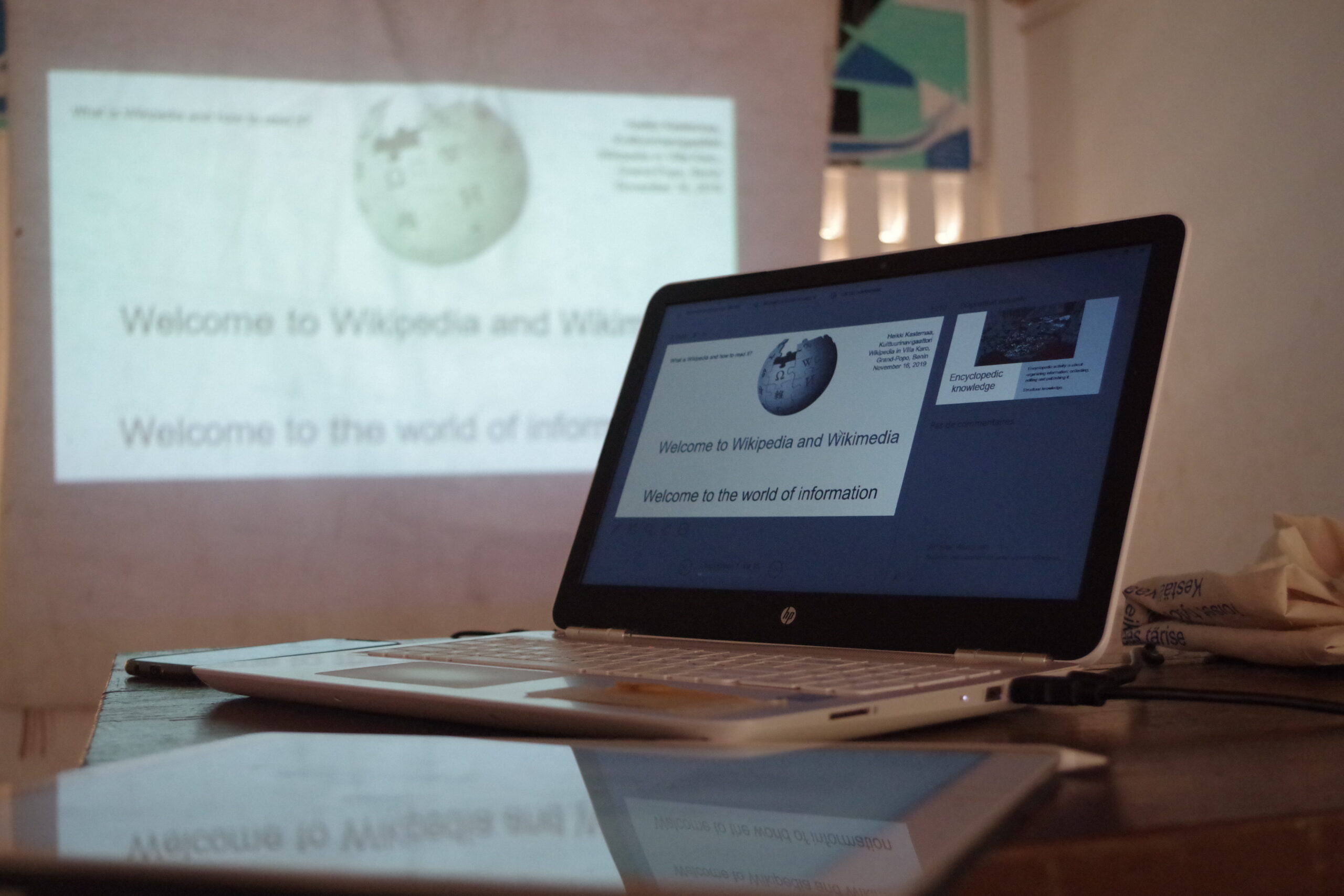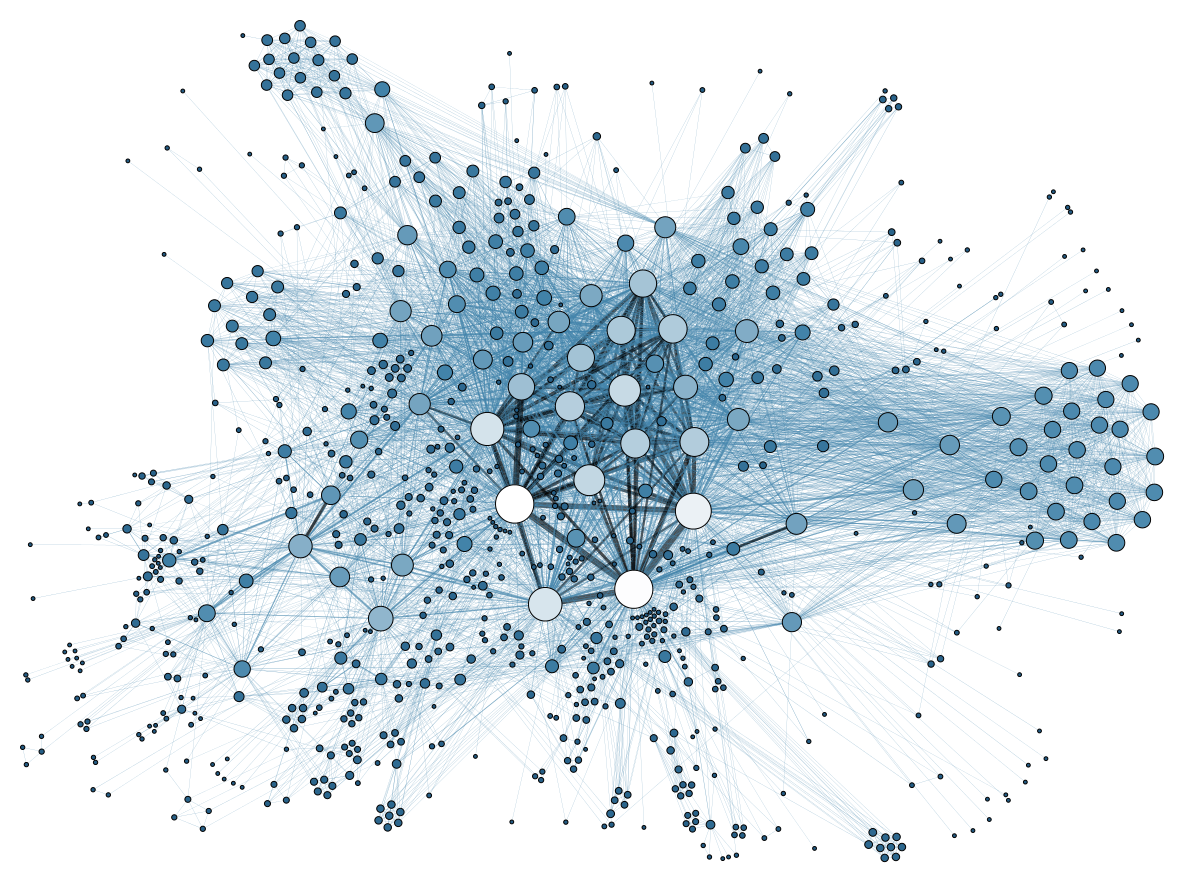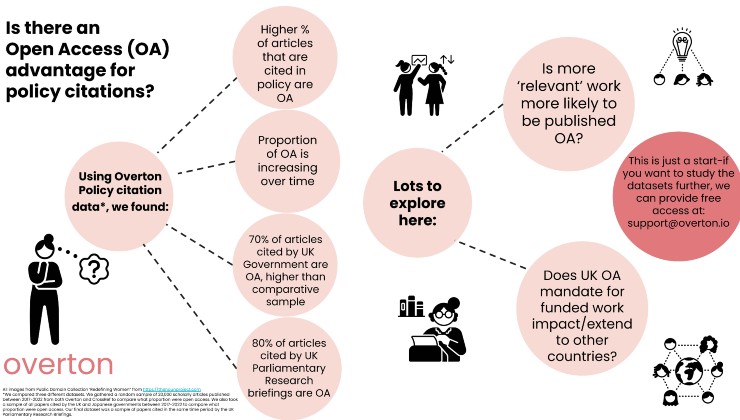The Open Access Megajournal: One Publisher’s Experience
Around the same time that its flagship open access journal, SAGE Open, celebrated its 500th paper, the executive publisher for open access at SAGE (Social Science Space’s parent) appeared on a plenary panel with five other major publishers on what they have learned implementing OA programs. A portion of David Ross’s presentation at the Association of American Publishers Professional & Scholarly Publishing Division’s Annual Conference appears below.
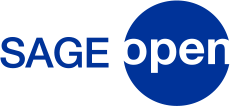
***
Last month SAGE Open, our flagship open access journal spanning humanities, social, and behavioral sciences, reached a major milestone – we published our 500th paper.
Bearing in mind that the journal published its first paper in April 2011, this is no mean feat. Considering that it has taken time for open access to become established in the social and behavioral sciences, it is even more of an accomplishment.
OA initially established itself in the biomedical and life sciences. Still, there was great interest in OA among the humanities and social science academic community, so in 2010, SAGE decided to create a vehicle for the community to publish their work in a pure-OA format.
As an independent company, we have the ability to take a long-term view on these efforts, so despite government funding challenges in the social sciences, we decided to create the first social science “mega journal” as the premier destination for quality OA research in the humanities, social, and behavioral sciences.
SAGE Open started taking submissions in December 2010, and launched in April 2011 with six papers. Since then, it has received more than 2,900 submissions from 104 countries to date. The journal has had more than 730,000 downloads and has been featured in such news outlets as The Guardian, The Atlantic, and Huffington Post.
We have learned a lot along the way. Licensing issues are a key concern for social scientists, particularly around non-derivative use. Conversely, immediacy in publishing is not quite as critical as it is in the life sciences. The fact that section mechanisms are different in the social sciences has also been reiterated. For example, often in social science, the intellectual property is the idea itself rather than the cure or the application; authorship cannot simply be separated from knowledge claims in the way it can in other disciplines.
Something that has contributed to the success of SAGE Open is that it doesn’t rely on a formal editorial board alone. As the journal covers such a breadth of material, the decision was made early on to appoint an expert editor for each individual paper to oversee the reviewing process. These article editors are fundamental to the success of the journal – not only do they help us handle a large variety of material, they also expose more scholars to the journal itself. This is the surest way to improve the understanding of what the journal has set out to be and to improve the understanding of OA in general. To date we have used more than 2,000 article editors and have almost 24,000 registered reviewers.
Perhaps the most important lesson we have learned was to make SAGE Open additive. For 70 percent of authors, SAGE Open was the first choice of publication. This enables SAGE to provide an open access outlet that fulfills the needs of social science authors and editors.
To click through the slides from the presentation, click here.



